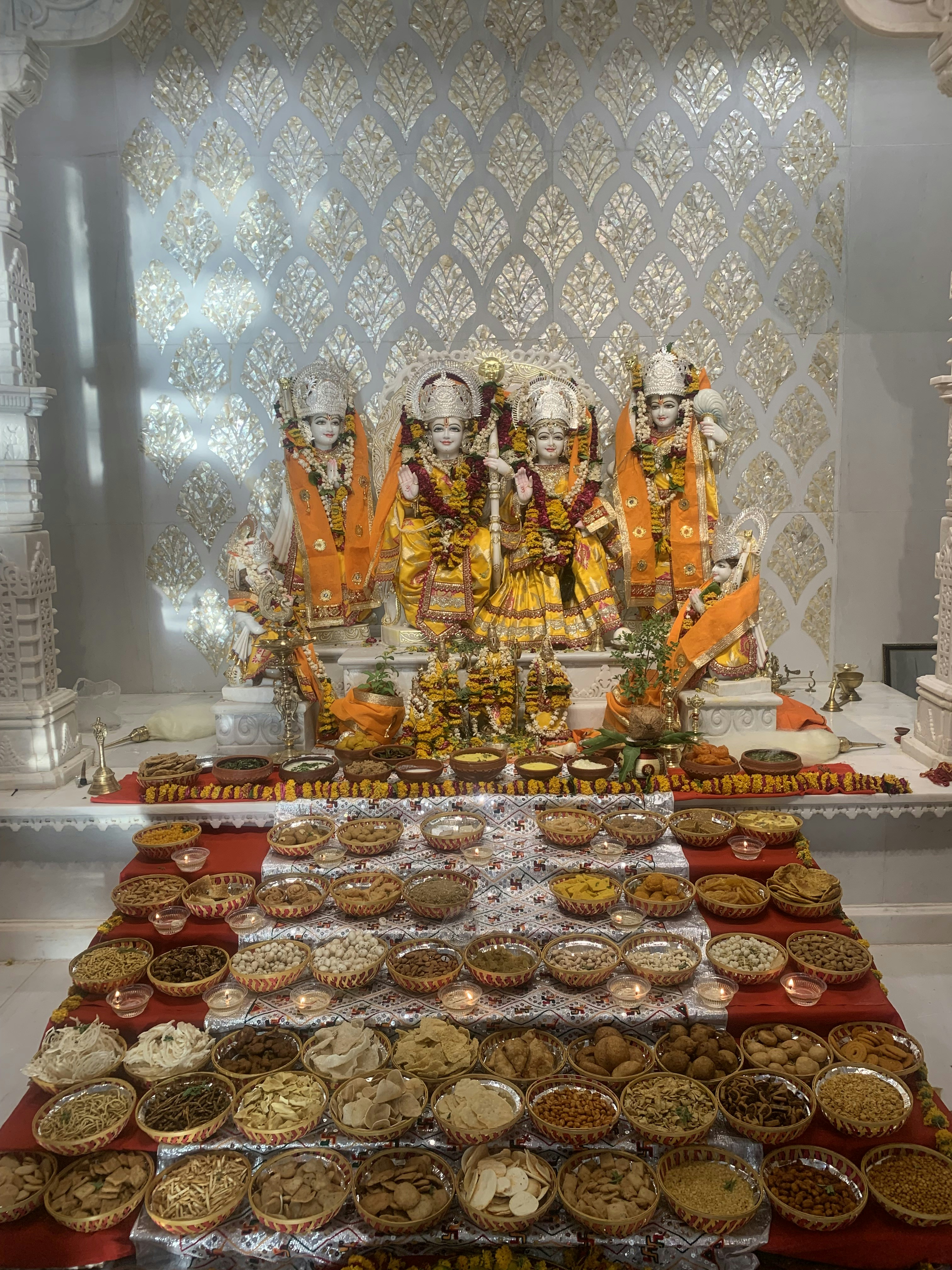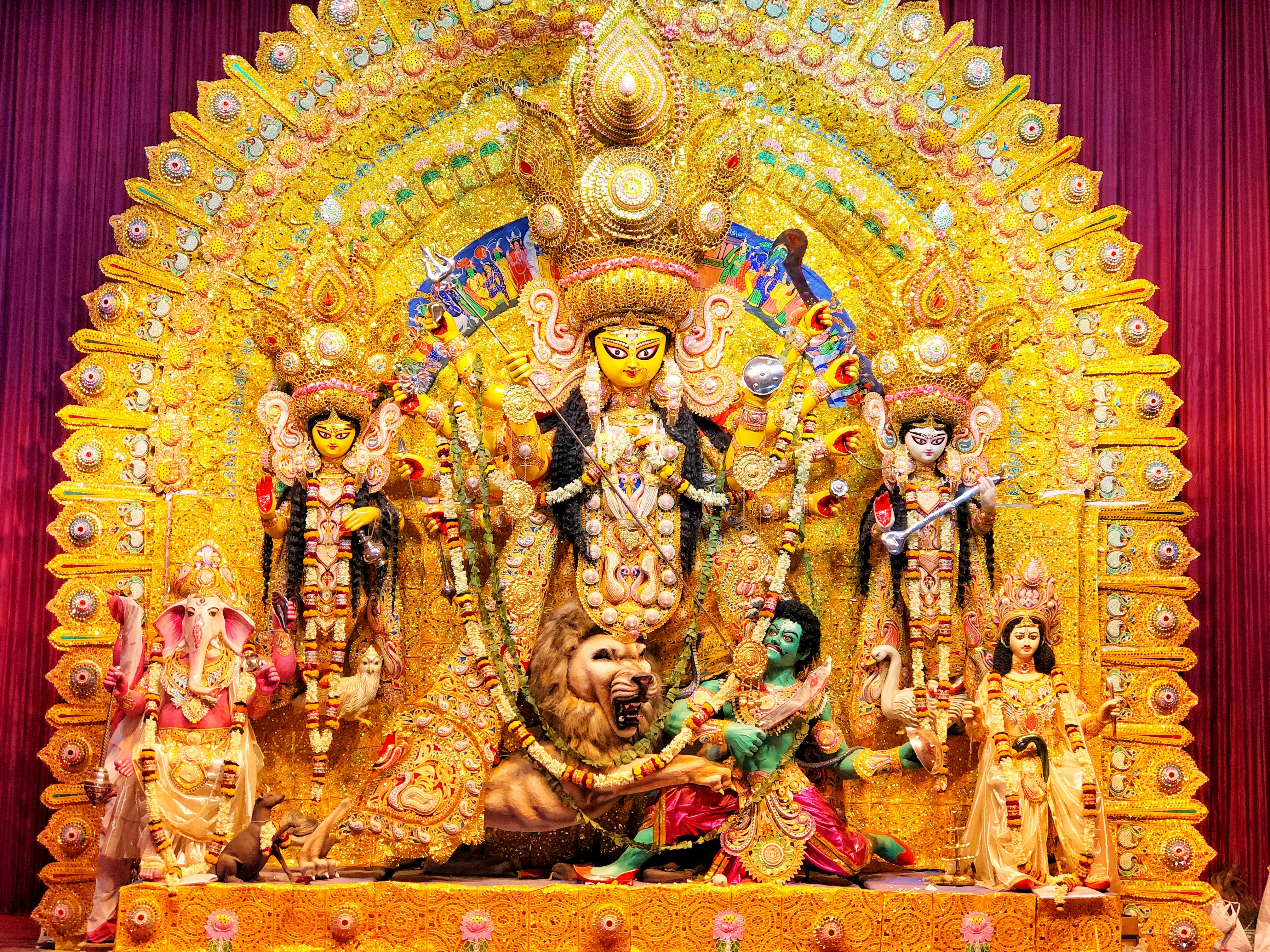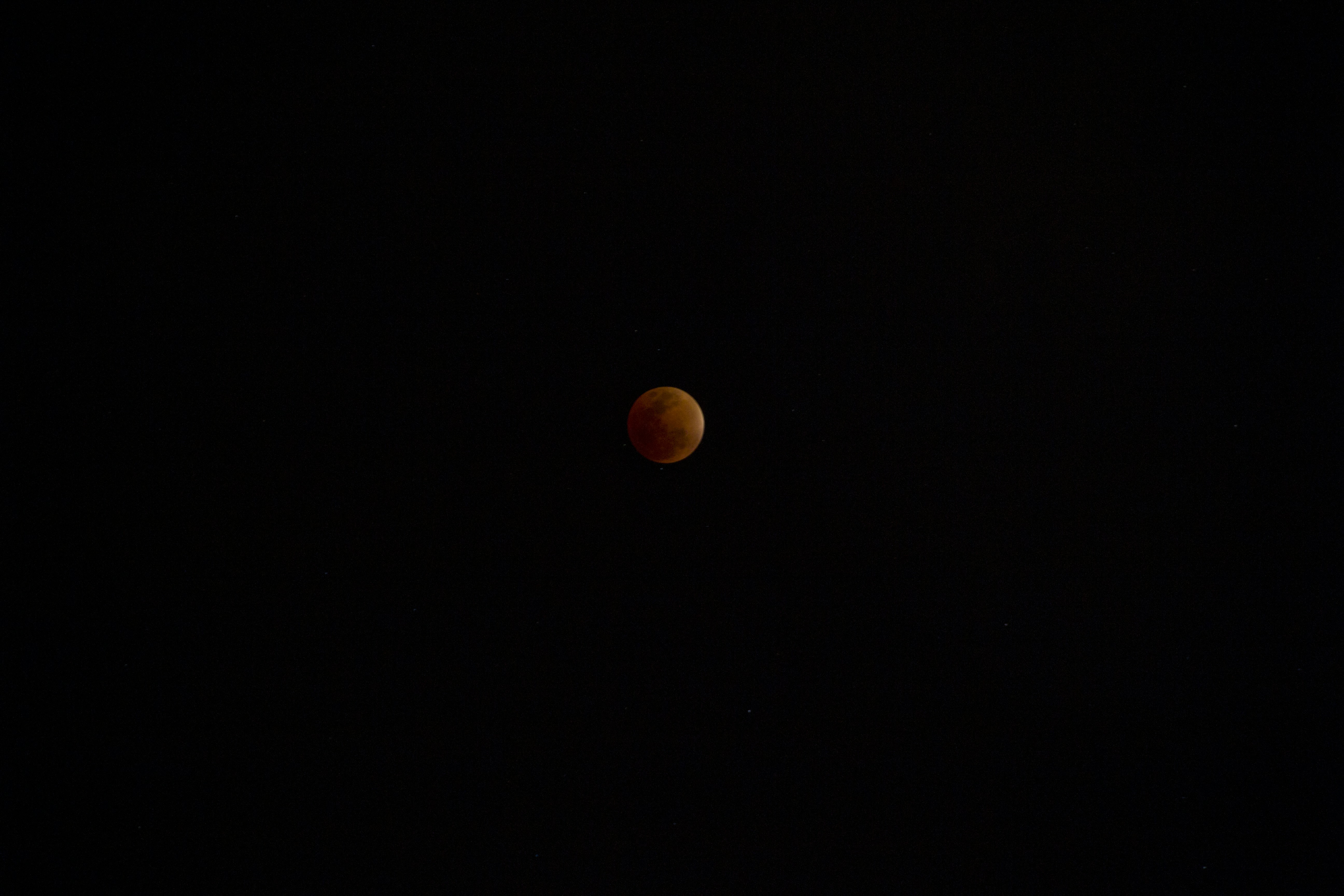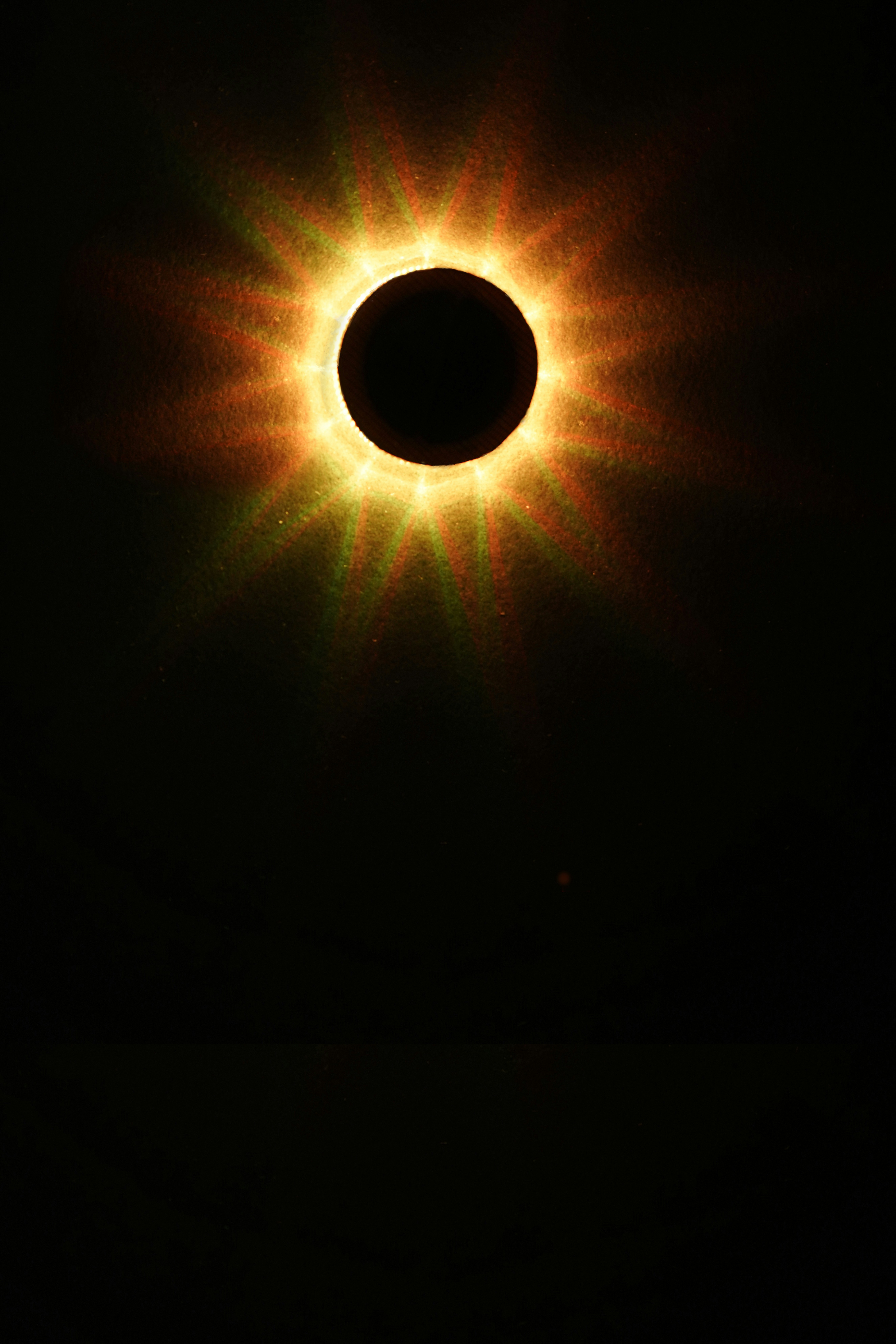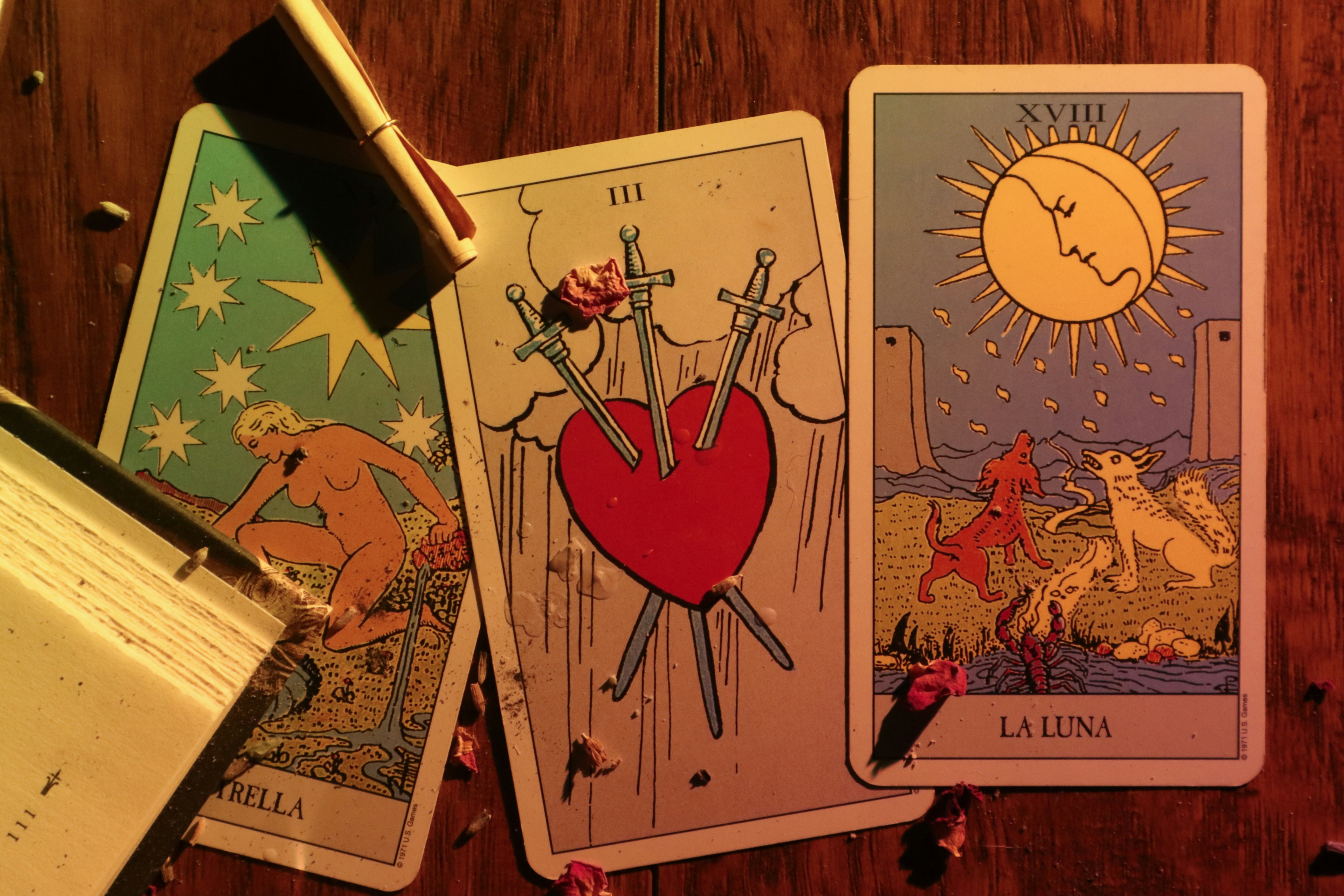Introduction to Navratri
Navratri, a prominent Hindu festival, encompasses a nine-night celebration dedicated to the divine feminine energy manifested in the goddess Durga. This occasion symbolizes the victory of good over evil, commemorating the triumph of Goddess Durga against the buffalo demon Mahishasura. Each day of Navratri holds a unique significance, marked by specific rituals, traditions, and the veneration of different forms of the goddess.
The festival typically occurs in the lunar month of Ashvin, which usually falls between September and October. Throughout India, Navratri is celebrated with fervor and devotion, although the customs may vary across regions. The festival is not just a religious observance; it also reflects the cultural diversity of India, as various states have their own distinct ways of honoring the goddess.
During this time, devotees engage in various practices such as fasting, prayer, dance, and music. The vibrant Garba and Dandiya Raas dances are synonymous with Navratri, especially in Gujarat, where crowds come together, clad in colorful attire, to celebrate. Temples and homes are adorned with lights and decorations, while the air resonates with devotional songs devoted to the goddess.
An integral aspect of the celebration involves the worship of the nine diverse forms of Durga, each represented on specific days. These manifestations include Shailaputri, Brahmacharini, Chandraghanta, Kushmanda, Skandamata, Katyayani, Kalratri, Mahagauri, and Siddhidatri. Understanding the significance of each day allows devotees to deepen their spiritual connection and acknowledge the various attributes of the divine feminine.
As we delve into the multi-faceted aspects of Navratri, we will explore the specific goddess forms revered on each day, the associated colors, offerings made, and the profound cultural implications of this significant nine-night festival.
Day 1: Shailputri – The Goddess of Mountains
The first day of Navratri is dedicated to Shailputri, a manifestation of Goddess Durga. Revered as the daughter of the mountains, Shailputri embodies strength, steadfastness, and the spirit of nature. Her name reflects both her origin and her divine essence, as she symbolizes the purity and stability found in the Himalayan ranges. She is depicted riding a bull, which signifies unwavering strength, while offering a lotus and a trident, representing spiritual awakening and power, respectively. The form and attributes of Shailputri inspire devotees to seek balance and resilience in their lives.
The color associated with the first day of Navratri is bright yellow, which symbolizes happiness, positivity, and enlightenment. This vibrant hue is often worn by devotees as they engage in pujas (prayer rituals) and festivities. Yellow not only contributes to the joyous atmosphere but also reflects the illuminating qualities of the goddess as she dispels darkness and ignorance. Engaging in this colorful tradition fosters a sense of community and commitment among worshippers, enhancing the overall spiritual experience of Navratri.
Offering prayers to Shailputri often involves specific rituals, such as placing flowers, fruits, and sweets at her altar. Devotees typically use fresh marigolds, representing auspiciousness, and sweet dishes like kheer, symbolizing prosperity. Rituals are performed with devotion and purity of heart, invoking the blessings of Shailputri for guidance, strength, and wisdom. By honoring her on this day, followers seek to harness her protective and nurturing energies, which are believed to positively influence their lives throughout the festival and beyond.
Day 2: Brahmacharini – The Ascetic Goddess
On the second day of Navratri 2025, devotees pay homage to Brahmacharini, the goddess who embodies the principles of austerity and knowledge. Brahmacharini represents the ascetic and disciplined form of Goddess Durga, symbolizing the pursuit of knowledge, wisdom, and spiritual growth. Her name translates to “one who practices brahmacharya,” reflecting her embodiment of celibacy and self-control, which are crucial for achieving enlightenment.
The color associated with Brahmacharini is often light blue, which signifies calmness, serenity, and peace, aligning with her meditative essence. Throughout this day, devotees engage in ripe offerings of fruits and sweets, particularly sugar and jaggery, which symbolize sweetness and fulfillment of knowledge. Traditional rituals involve lighting lamps and chanting mantras that call upon Brahmacharini’s blessings for wisdom and clarity in life. Many also choose this day to enhance their spiritual practices, attending prayers and meditations that focus on the attainment of higher learning.
Worshipping Brahmacharini is pivotal as it encourages individuals to detach from material desires and seek inner wisdom. During the rituals of the day, the idol of the goddess, often depicted as serene and holding a rosary and a water pitcher, serves as a reminder of the importance of spiritual pursuit in one’s life. Her ascetic lifestyle encourages followers to embrace discipline, enabling them to overcome distractions and focus on personal development.
As devotees engage in offerings and rituals dedicated to Brahmacharini, they foster a deeper connection with her divine wisdom, promoting a mindset conducive to learning and self-improvement. This day serves as a reminder of the significance of discipline and asceticism in the journey towards spiritual fulfillment.
Day 3: Chandraghanta – The Fierce Warrior Goddess
The third day of Navratri is dedicated to the worship of Goddess Chandraghanta, who embodies strength, bravery, and profound power. The name “Chandraghanta” translates to “one who has a moon-shaped bell.” This imagery reflects her fierce demeanor, exuding a sense of valor that inspires devotion and respect. As a warrior goddess, she is often depicted riding a tiger, symbolizing the mastery over fear and the embodiment of power. Her three eyes convey her ability to see beyond the physical realm, representing her vigilance in protecting her devotees.
The color associated with this day is a vibrant royal blue, symbolizing stability and peace, while also invoking the protective nature of the goddess. Devotees dress in this color as a sign of respect and connection to the divine energy of Goddess Chandraghanta. The hue’s significance is believed to enhance spiritual vibrancy and attract the goddess’s blessings for courage and strength.
On this day, typical offerings to Goddess Chandraghanta include various fruits, sweets, and the traditional Naivedya of milk-based delicacies. These offerings signify gratitude and appreciation for her nurturing yet fierce nature. Devotees often perform rituals, including lighting incense and chanting mantras, to invoke her blessings. The mantra “Om Devi Chandraghantayai Namaha” is specifically dedicated to her, and reciting it is believed to enhance courage, dispel negativity, and foster a protective aura around the worshipper.
In honoring Goddess Chandraghanta, individuals seek her guidance to become resilient in the face of adversity, praying for the strength to overcome challenges. Her protective qualities serve as a reminder of the importance of inner strength and fearlessness, aligning with the spirit of Navratri’s celebration of divine feminine energy.
Day 4: Kushmanda – The Creator Goddess
The fourth day of Navratri is dedicated to Kushmanda, a revered form of Goddess Durga. Known as the creator of the universe, Kushmanda embodies cosmic energy and is often depicted as a radiant goddess with a spherical form symbolizing the universe. Her name, “Kushmanda,” translates to ‘the one who created the universe from a pumpkin,’ illustrating her nurturing capabilities and profound creative power. Invoking her blessings is believed to bring health, prosperity, and abundance into one’s life.
The color associated with Kushmanda is typically yellow, representing optimism, enlightenment, and wealth. This vibrant hue signifies the arrival of brighter days and the significance of knowledge, which is essential for prosperity. Moreover, during this auspicious day, devotees adorn themselves in yellow clothing, further enhancing the festive atmosphere. The color not only symbolizes the goddess’s divine qualities but also serves as a reminder of the importance of positivity and light in our lives.
Offerings made to Kushmanda are significant in seeking her blessings. Devotees often present pumpkin, the fruit linked to her lore, along with various sweet dishes that embody her sweetness and nurturing nature. Foods such as halwa, puri, and chana are commonly prepared and offered to convey gratitude and devotion. Moreover, fruits and other seasonal vegetables are also included in the offerings to symbolize the richness of the harvest. These offerings serve as a means to connect with the goddess on a spiritual level, signifying the importance of maintaining a healthy body and mind. Engaging in these rituals not only venerates Kushmanda but also promotes wellbeing and abundance in one’s life. Ultimately, honoring Kushmanda during this pivotal day of Navratri reinforces the significance of creation, health, and prosperity.
Day 5: Skandamata – The Mother of Skanda
On the fifth day of Navratri, devotees pay homage to Skandamata, revered as the powerful embodiment of maternal love and compassion. She is the mother of Lord Skanda, also known as Kartikeya, who serves as the commander of the divine army. The essence of Skandamata represents nurturing, protection, and the fierce determination that comes from a mother’s love. Her image is often depicted with her son sitting on her lap, symbolizing the profound bond that exists between a mother and her child.
As we observe Skandamata’s significance, it is vital to acknowledge the color associated with this day, which is usually a shade of yellow or cream. These colors symbolize knowledge, positivity, and abundance, embodying the enriching qualities of maternal figures in our lives. Wearing these colors during rituals can enhance one’s spiritual connection and invite a sense of warmth and comfort associated with motherhood.
Rituals dedicated to Skandamata carry great importance for devotees seeking her blessings. Common offerings include fresh fruits, especially bananas, and sweets, which symbolize abundance and gratitude. Devotees often chant hymns and mantras dedicated to her, such as “Om Skandhamataaya Namah,” which helps in elevating their spiritual energy and focusing their intentions. It is also customary to light diya (lamps) and decorate the puja altar with yellow flowers, which further establishes a sacred atmosphere for worship.
The reverence shown towards maternal figures in Hinduism is a profound aspect of the culture, as these figures embody care, resilience, and unconditional love. By honoring Skandamata, devotees not only seek blessings for themselves but also acknowledge the essential role of mothers in nurturing and shaping lives. This celebration of motherhood during Navratri deepens the connection individuals have with their own maternal roots and fosters appreciation for the strength and sacrifices made by women.
Day 6: Katyayani – The Warrior Goddess
The sixth day of Navratri is dedicated to Goddess Katyayani, revered for her fierce and warrior-like attributes. She embodies the spirit of empowerment and femininity, serving as a symbol for the annihilation of evil forces and protection of dharma. According to Hindu mythology, Goddess Katyayani was born to sage Katyayan and is often depicted riding a tiger, signifying strength, courage, and fearlessness. Her iconography reflects a warrior with a strong sense of righteousness, inspiring devotees to embrace their inner strength and stand up against injustice.
The color associated with this day is yellow, reflecting warmth and energy. Yellow symbolizes joy, optimism, and enlightenment, qualities that are pertinent to the spirit of Goddess Katyayani. Devotees often wear this vibrant color as they participate in rituals and celebrations, thereby fostering a connection with the goddess and inviting her fierce energy into their lives. This energetic hue serves to uplift spirits and instill a sense of empowerment within individuals, resonating with the core values that Goddess Katyayani represents.
During prayers on this day, offerings typically include fruits, flowers, and the sacred ‘kheer’ or rice pudding, symbolizing sweetness and abundance. Devotees chant powerful mantras that invoke the warrior aspect of Katyayani, fostering a spirit of resilience and determination in overcoming challenges. In many regions, particularly in North India, devotees participate in martial arts displays and other cultural performances to honor her strength and valor, thus making this day not just a celebration of spirituality but also of empowerment in real life.
Ultimately, Day 6 of Navratri serves as a reminder for devotees to embody the qualities of Goddess Katyayani, encouraging them to rise against adversity and injustice, mirroring the goddess’s fierce resolve in their daily lives.
Day 7: Kalaratri – The Dark Night Goddess
The seventh day of Navratri is dedicated to the formidable form of Goddess Durga known as Kalaratri, which translates to the “Dark Night Goddess.” Representing the fierce aspect of the Divine Mother, Kalaratri embodies the intrinsic principle of destruction, particularly of evil forces and negativity that pervade our lives. Her appearance is striking and intimidating, featuring a dark complexion, wild hair, and a set of fearsome eyes, which symbolize her power to eradicate fear and obstacles that challenge devotees.
On this day, the color associated with Kalaratri is often black or dark blue, reflecting the depth of the night and the protective qualities bestowed upon her followers. Devotees dress in these colors to signify their surrender to the goddess and seek her blessings for overcoming difficulties. The symbolism behind the color emphasizes that even in darkness, there exists the potential for peace and illumination through her grace.
When worshipping Kalaratri, customary offerings hold significant importance. These may include jaggery, lemons, and other items that symbolize cleansing and purification. The rituals performed during this day often involve chanting specific mantras, which invoke Kalaratri’s energy to drive away fears and negativity. Additionally, the practice of lighting a lamp or diyas is common, serving as a metaphor for dispelling darkness and touching upon the essence of her protective and nurturing nature.
Worshiping Kalaratri is vital for individuals seeking to remove challenges and pave a clearer path forward. By engaging in her reverence on the seventh day of Navratri, devotees express their determination to confront life’s hurdles with resilience, mirroring the goddess’s fierce demeanor. Through this connection, followers gain strength, courage, and the assurance that fears can be transformed into empowerment, enabling them to foster a positive and prosperous environment in their lives.
Day 8: Mahagauri – The Auspicious Goddess
The eighth day of Navratri 2025 is dedicated to Mahagauri, one of the most revered forms of Goddess Durga. Mahagauri is often depicted as a young, beautiful woman with a fair complexion, symbolizing purity, tranquility, and enlightenment. Her presence is believed to cleanse the devotee’s soul, releasing them from negativity and promoting inner peace. The worship of Mahagauri on this day is considered highly significant as it marks the completion of eight days of devotion and prayer, paving the way for spiritual elevation.
The color associated with Mahagauri is white, which represents purity and peace. Devotees often wear white garments during this day of worship, as this color reflects the goddess’s virtues. The use of white in rituals not only honors the goddess but also signifies the aspiration for purity in thoughts, actions, and intentions. This day serves as a reminder of the importance of seeking enlightenment and harmony in one’s life through devotion and righteous living.
To seek the blessings of Mahagauri, various offerings are traditionally made. Devotees typically present items such as white flowers, milk, and rice, which are all symbolic of purity and prosperity. Additionally, chanting specific mantras dedicated to Mahagauri enhances the spiritual atmosphere, allowing devotees to connect more deeply with her divine energy. Special prayers are also performed to invoke the goddess, asking for her guidance in achieving a peaceful and prosperous life. Through these offerings and rituals, believers hope to receive Mahagauri’s blessings, nurturing their inner selves and fostering a peaceful existence.
Day 9: Siddhidatri – The Goddess of Enlightenment
The final day of Navratri is dedicated to Siddhidatri, revered as the Goddess of Enlightenment and spiritual accomplishments. Siddhidatri embodies the higher aspects of spiritual knowledge and is known to bestow Siddhis, or supernatural powers, upon devotees who earnestly seek her blessings. By worshipping Siddhidatri, devotees not only aim for spiritual liberation but also cultivate profound wisdom and enlightenment that transcend the physical realm.
This auspicious day is associated with the color pink, symbolizing peace, compassion, and harmony. Pink serves as a reminder of the ethereal energy that Siddhidatri represents, inviting individuals to embrace the transformative essence of her divine energies. This color reinforces the significance of devoting oneself to inner growth and serenity, prompting practitioners to cultivate a sense of balance and tranquility in their daily lives.
On this special day, unique offerings are made to Siddhidatri, which may include traditional items such as fresh fruits, sweets, and flowers, notably the favorite of the Goddess. Certain communities have rituals that intertwine the making of special dishes, like halwa or puris, which hold substantial significance during the puja, symbolizing abundance and prosperity. Devotees may also choose to recite mantras, engage in meditation, or participate in elaborate rituals that invoke her divine presence, cultivating a deeper connection not only with the Goddess but with their own spiritual journey.
Completing the nine-day festival of Navratri with Siddhidatri’s worship signifies a culmination of spiritual endeavor. It represents the ultimate quest for enlightenment, achieving a higher state of consciousness that embodies both personal and universal truths. Thus, this day not only marks the end of the festival but also serves as a pivotal point for all devotees, propelling them towards a more profound realization of their inherent spiritual potential.


